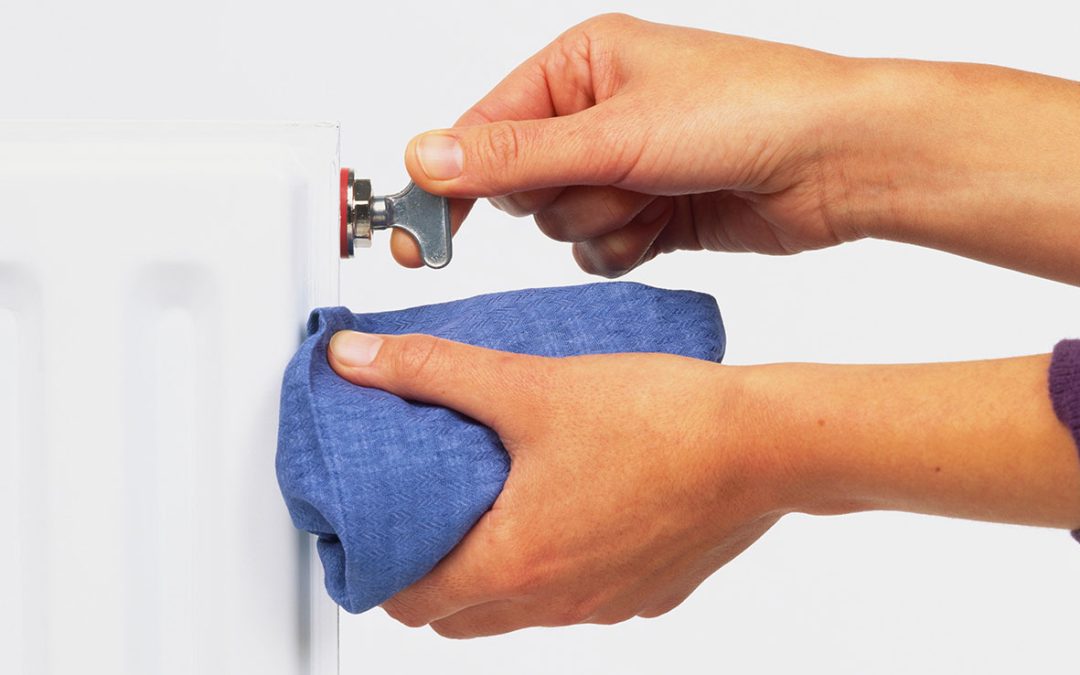With the arrival of brisk autumn air, the quest for a welcoming and warm ambiance within your church takes precedence. Radiators play a crucial role in maintaining a comfortable temperature, yet the accumulation of air over time can diminish their effectiveness. Bleeding radiators stands as a straightforward yet highly effective maintenance practice to optimise warmth during this autumn season. Below, you’ll find a set of 10 simple steps that can set you on your way to turning you a Church Heating Specialists, just like us!
Gather Your Tools: Before you begin, make sure you have a radiator key or a suitable spanner, a cloth, and a container to catch any water that may escape during the process.
Turn Off the Heating: Ensure the heating system is turned off to avoid burns and unnecessary water spillage.
Identify the Cold Radiators: Walk around the church and identify which radiators are colder at the top than at the bottom. These are the ones in need of bleeding.
Collect Air and Water: Place the container under the valve to catch any water or air that might escape. Use the cloth to wipe away any excess water.
Release Air Pressure: Gently insert the radiator key into the valve at the top of the radiator, turning it anti-clockwise to release any built-up air pressure. Be prepared for a slight hissing sound as air escapes, indicating that the radiator is being properly bled.
Close the Valve: Once you see a steady stream of water without air, gently close the valve by turning it clockwise.
Repeat the Process: Move on to the next cold radiator and repeat steps 4 to 6 until you’ve bled all the necessary radiators.
Check Pressure: After bleeding the radiators, check the pressure gauge on your heating system. It should be within the recommended range as per your manufacturer’s instructions.
Turn the Heating Back On: Once the pressure is correct, turn the heating system back on and let it run to ensure that the radiators heat up evenly.
Monitor and Repeat Annually: Regularly monitor the performance of your radiators and repeat the bleeding process if needed. It’s a good practice to do this at the start of each heating season.
Bleeding your radiators can significantly improve the efficiency of your church’s heating system. You’ll notice a more even distribution of warmth and potentially lower heating bills, as the system won’t have to work as hard to maintain the desired temperature.
By following these 10 simple steps, church goers can ensure a comfortable and inviting atmosphere as the autumn chill settles in. Don’t let trapped air hinder the warmth of your church this season; take action now to keep your place of worship cozy and welcoming.



Recent Comments